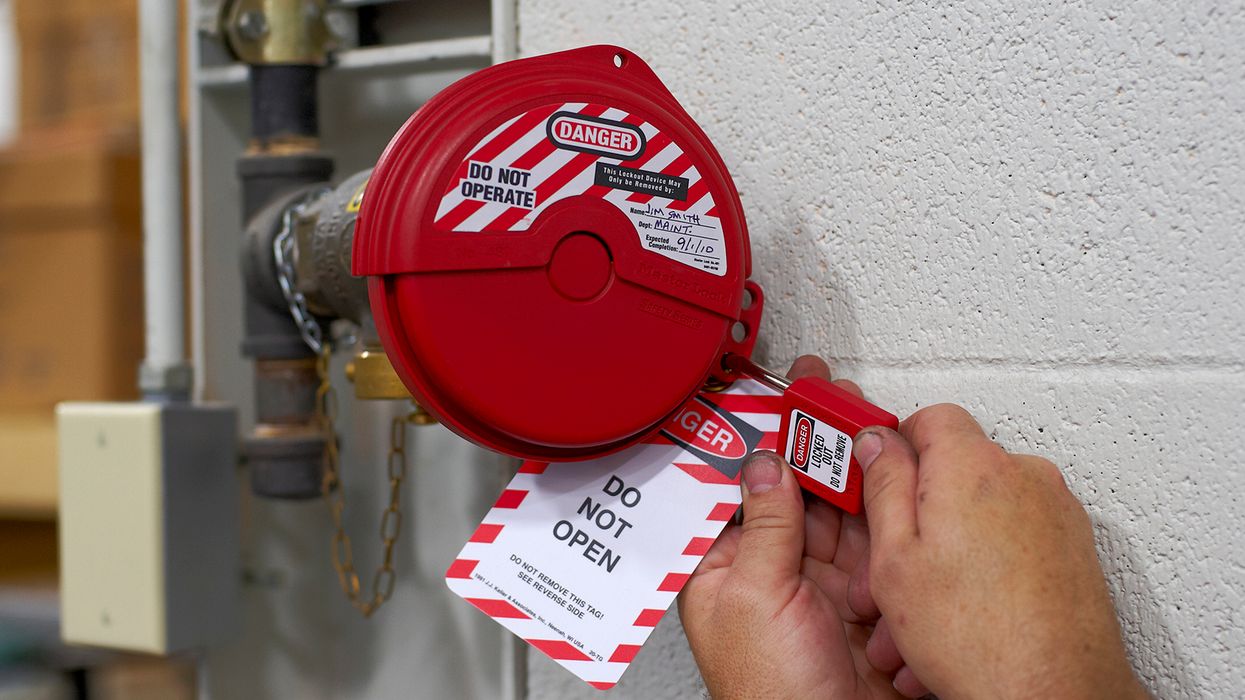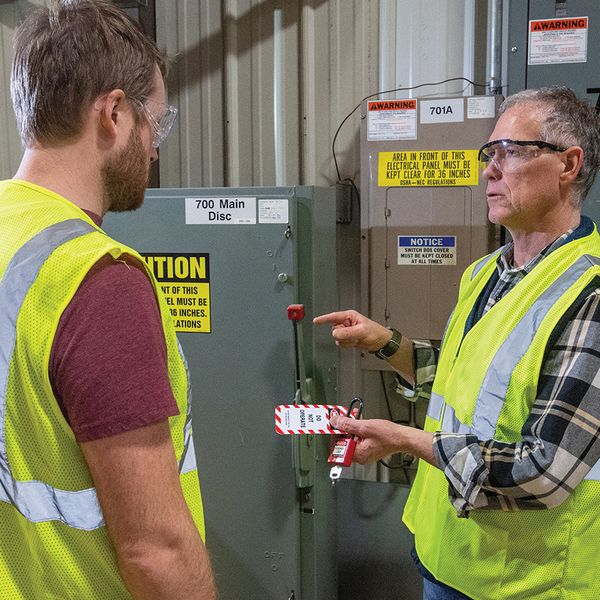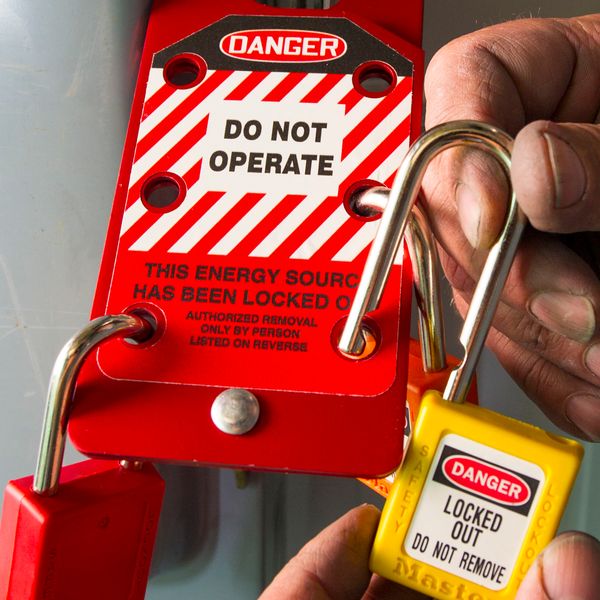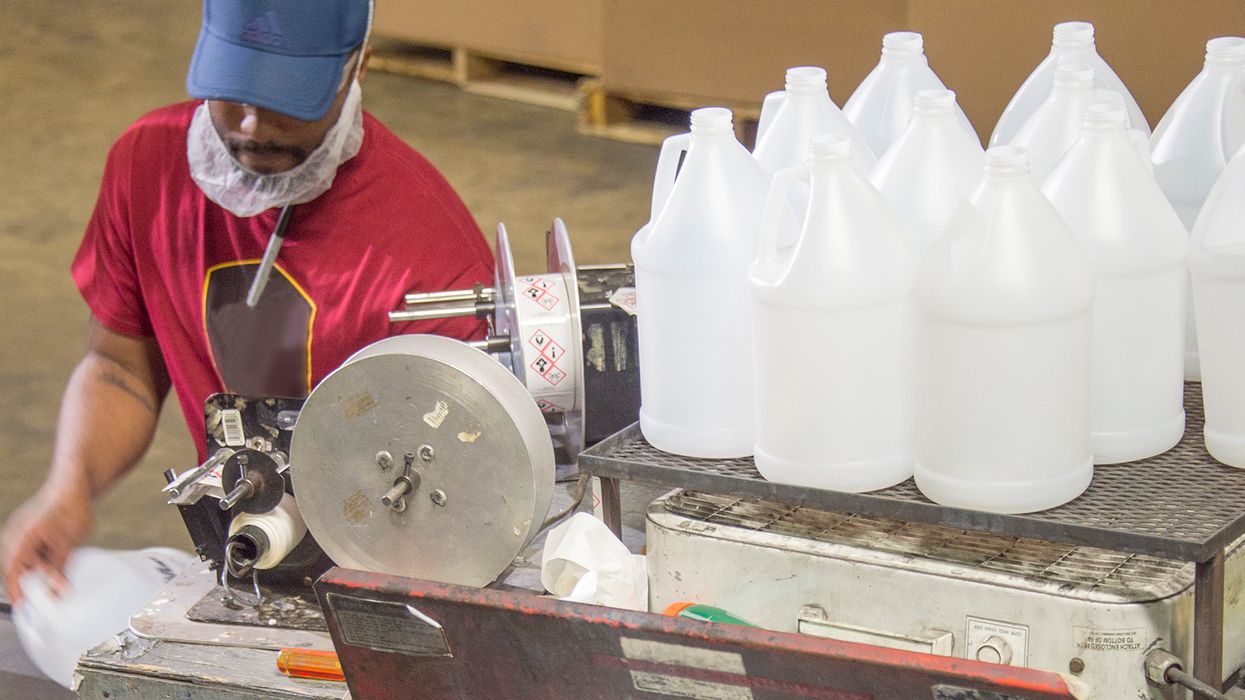Lockout Devices: What the heck is that used for?
Any task can seem complicated when there’s confusion about the equipment used. When dealing with potentially life-saving procedures, like lockout/tagout (LOTO), understanding safety devices becomes even more critical. Demystifying LOTO safety devices and their use can make even the most anxiety-ridden worker more confident.
The significance of LOTO
OSHA estimates that 120 workers are killed and another 50,000 suffer injuries each year from failure to comply with LOTO requirements. During the servicing and maintenance of machines and equipment, workers can be seriously injured or killed if hazardous energy is not properly controlled. Regrettably, unexpected startup and the release of stored energy continues to result in preventable injuries such as lacerations, amputations, fractures, burns, and fatalities every year.
However, proper LOTO programs can prevent these unfortunate incidents when workers understand the intent, procedures, and equipment used to control hazardous energy. Going beyond just locks; prevention starts with a thorough understanding of the equipment used for LOTO.
Types of LOTO devices
Some LOTO devices, like locks and tags, are common workplace features. However, some devices may be unfamiliar to workers, thus creating confusion as to how these devices are used. And all too often, confusion can lead to non-compliance. Let’s clear up some confusion on some of these devices!
- Plug locking devices – box or cylinders that wrap around a plug and lock it, accessible only with a key. These are commonly used for cord and plug machines where the only energy source is electrical.
- Valve locking devices – designed to prevent valved from being turned or operated during maintenance or repairs. These come in varying shapes for different types of valves, such as gate, ball, plug, or butterfly valves. Like plug locks, they wrap around the valve and lock, preventing access without a key.
- Cable locking devices – adjustable cables, typically made of steel with plastic coatings, which are used for locking multiple points of a machine that are in close proximity to one another, or for securing large valve handles. The cable loops through lockout points of a machine and back through the cable device so it can be locked until maintenance in complete.
- Circuit breaker locking devices – plastic devices that fit snugly inside circuit breakers to prevent them from being turned on. Once placed in the circuit breaker, a lock is applied to the device until service or maintenance is completed.
- Flange locking devices – adjustable plastic devices with a connecting rod used to cover flange bolts, preventing access to the blind flange on pipelines until service or maintenance work is complete.
- Gas cylinder locking devices – plastic caps of varying sizes used to prevent access to valve handles on cylinders.
- Steering wheel locking devices – covers placed over steering wheels to deter workers from operating the vehicle or equipment. While often used with padlocks, they’re not designed to prevent the operation of a steering wheel, but as a warning that the vehicle is not operational.
This list isn’t all encompassing, but hopefully clarifies some specialized LOTO devices. Regardless of the devices chosen, the main goal must always be to use the LOTO devices that will prevent energization during the entire maintenance and repair processes. Lives depend on it!
Key to remember: Adding an understanding of LOTO devices to employee training is crucial for compliance and worker safety during service and maintenance activities.



















































